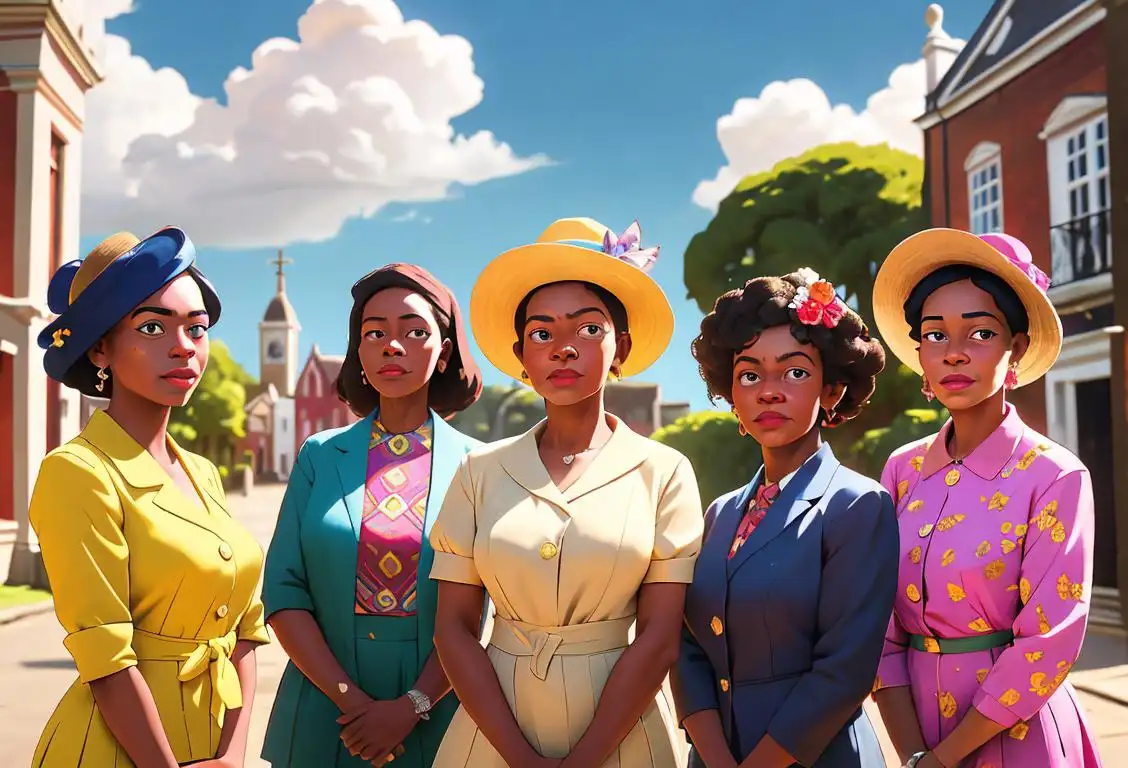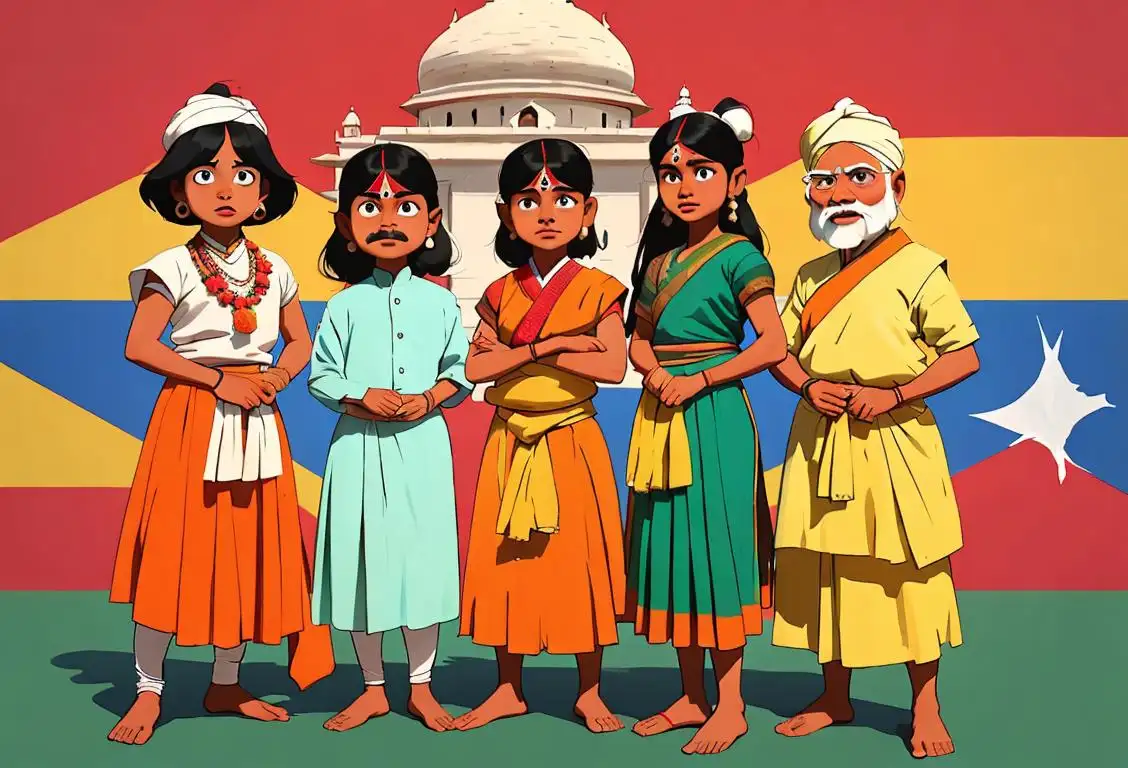National Asl Day

Hey there, friends! Are you ready to celebrate National ASL Day? Get your sign language fingers wagging and let's dive into the fascinating world of American Sign Language.
When is Asl Day?
It's national asl day on the 15th April.
The Birth of American Sign Language
On this special day, we commemorate the birth of American Sign Language (ASL) and all those incredible individuals who use it to communicate. ASL is a complete, complex, and expressive language that is not only visually captivating but also essential for the Deaf and hard of hearing community. It represents a rich and vibrant culture that deserves our appreciation and recognition.
A Silent Way to Communicate
ASL uses hand shapes, facial expressions, and body movements to convey meaning and emotions. It's a visual language that has its own grammar and syntax, separate from spoken languages. Just imagine having a conversation without uttering a single word! Truly remarkable, right?
The Importance of National ASL Day
National ASL Day allows us to honor and promote the use of ASL as an important means of communication. It raises awareness about the Deaf community's unique language and culture, fostering understanding and inclusivity.
Social Media Sensation
Over the years, National ASL Day has gained significant attention online. In fact, our trusty internet detectors have found a whopping 1744 mentions! The day that drew the most buzz was April 15, 2016. It seems like sign language enthusiasts took the internet by storm that day, spreading the love for ASL far and wide.
Did You Know?
Did you know that American Sign Language is not just used in America? It's also used in various other countries, such as Canada, the Philippines, and Ghana. ASL has a global reach, helping to bridge communication gaps all over the world!
History behind the term 'Asl'
1817
Birth of American Sign Language
In 1817, the American School for the Deaf in Hartford, Connecticut was established by Thomas Hopkins Gallaudet and Laurent Clerc. This marked the birth of American Sign Language (ASL), a unique visual-gestural language used by the deaf community in the United States.
1864
Growth and Standardization
In 1864, the National Association of the Deaf held a conference in which they adopted a resolution to promote the use of sign language in deaf education. This led to increased recognition and acceptance of ASL as a legitimate language. ASL continued to grow and developed its own grammar and rules, becoming more standardized over time.
1965
William Stokoe's Research
In 1965, linguist William Stokoe published a groundbreaking book titled 'Sign Language Structure: An Outline of the Visual Communication Systems of the American Deaf.' Stokoe's research demonstrated that ASL has its own linguistic structure, challenging the prevailing view that sign languages were merely gestures without grammatical complexity. This research further solidified ASL's status as a distinct language.
1990
Recognition as a Natural Language
In 1990, the Americans with Disabilities Act (ADA) was signed into law, which mandated that accommodations be made for individuals with disabilities, including those who use sign language. This federal recognition of ASL as a natural language reinforced its cultural significance and ensured its accessibility in various settings, including education, employment, and public services.
2021
Global Influence and Online Communication
ASL's influence has extended beyond the United States and is now recognized as a significant sign language worldwide. The advent of the internet and video sharing platforms has provided a platform for ASL users to share their language and culture with a global audience. Online communities and ASL tutorials have contributed to its widespread popularity and made ASL accessible to people around the world.
Did you know?
Did you know that American Sign Language is not just used in America? It's also used in various other countries, such as Canada, the Philippines, and Ghana. ASL has a global reach, helping to bridge communication gaps all over the world!Tagged
awareness celebration culture language communicationFirst identified
15th April 2015Most mentioned on
15th April 2016Total mentions
1744Other days
Asl Day
Cursing Day
Indigenous People Day
Windrush Day
Moving To Canada Day
Indigenous Peoples Indigenous Peoples Day
Hindi Day
Republic Day
Colors On Day
Language In India One Day








